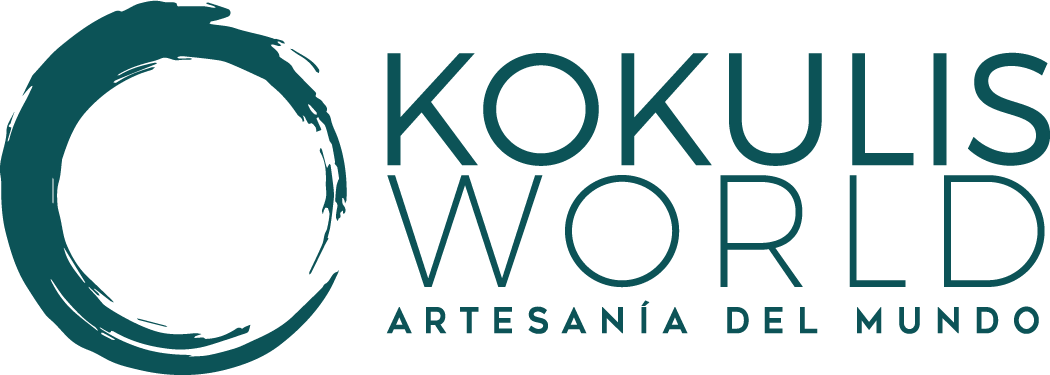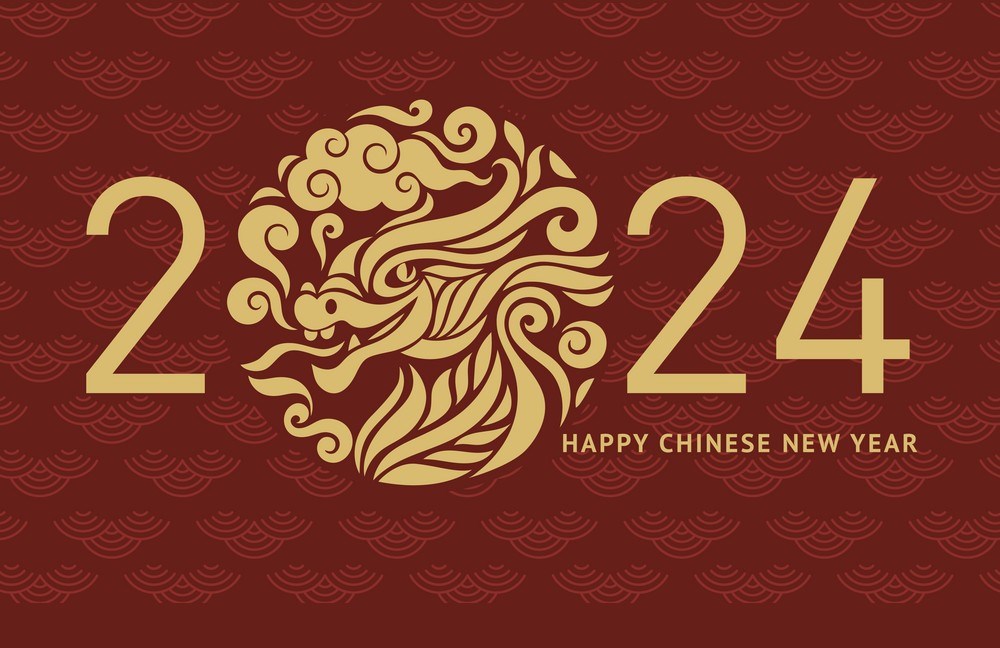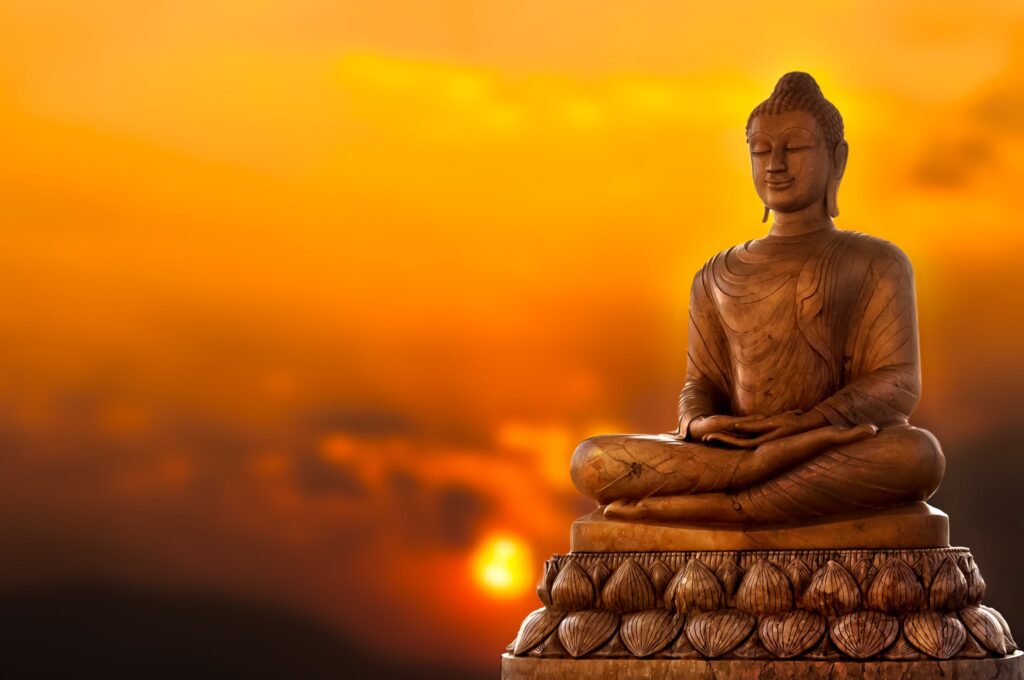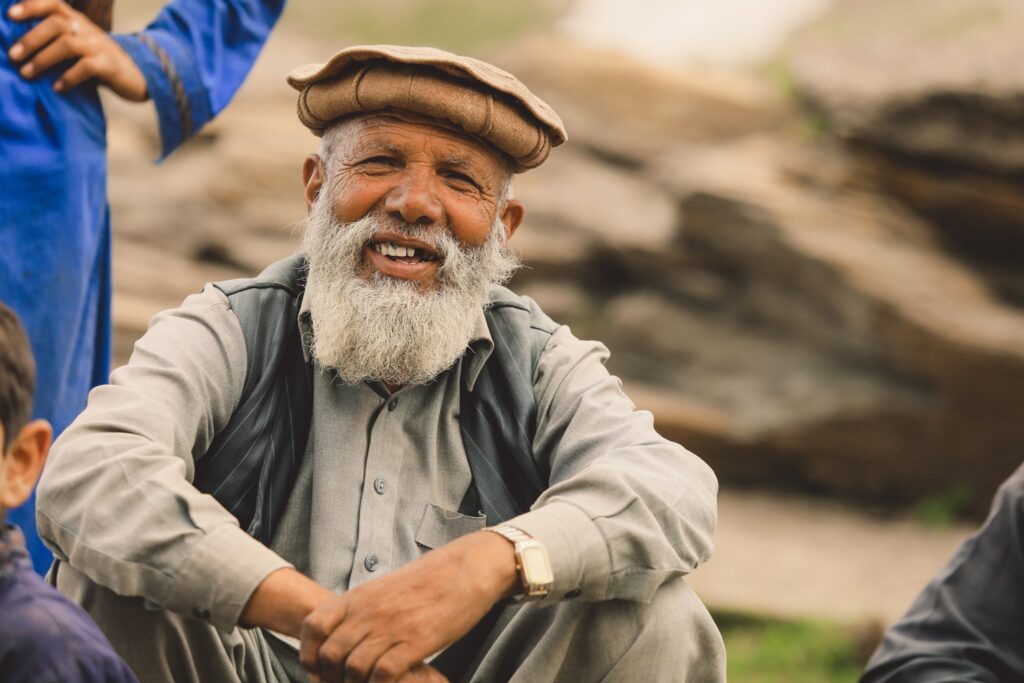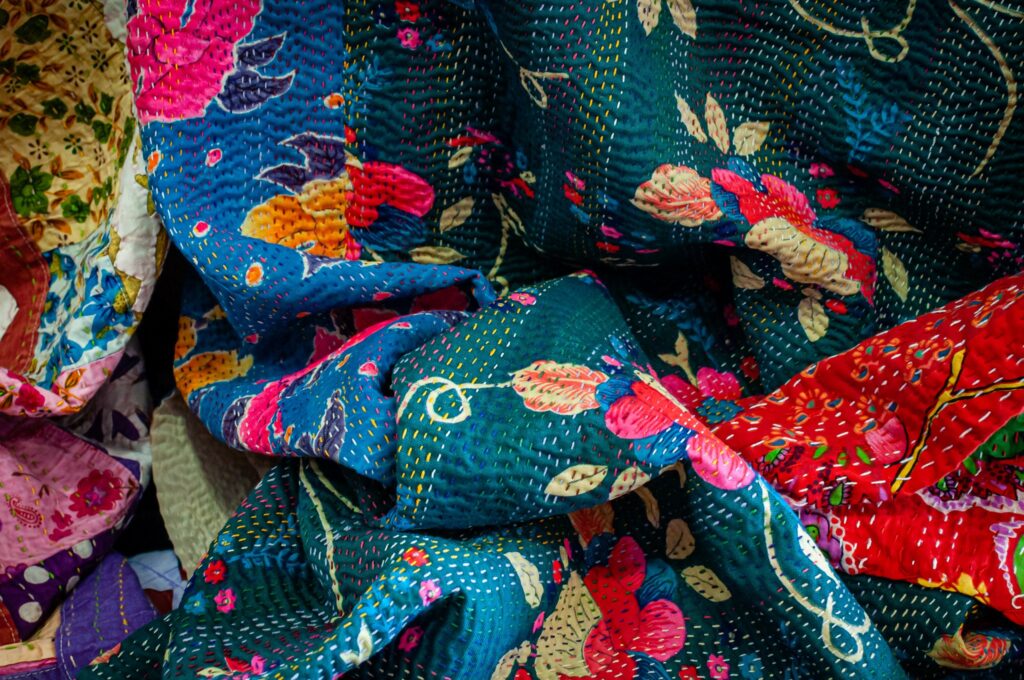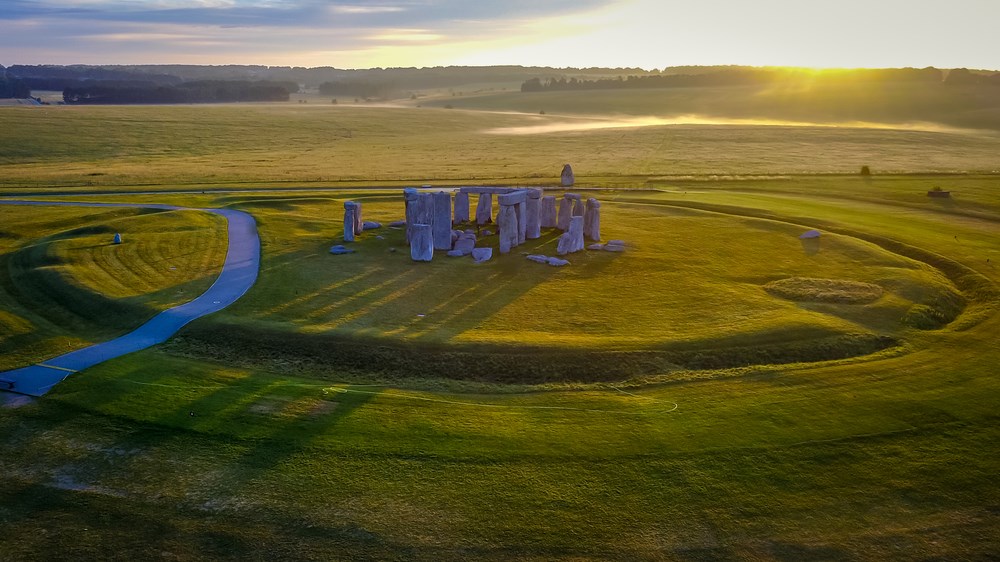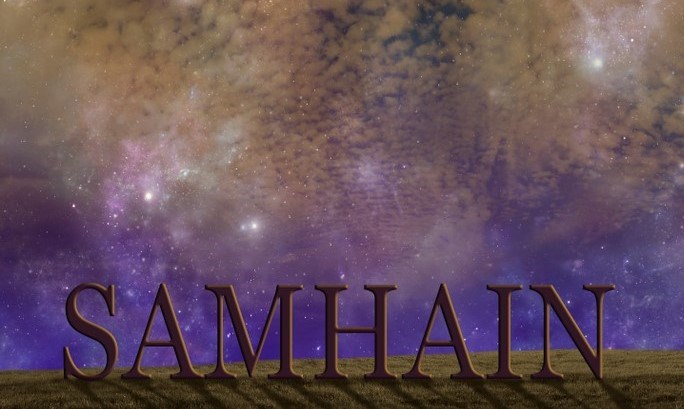
Samhain, the origins of Halloween
Halloween, also known as Hallowe’en or Allhalloween and All Hallows’Eve is a pagan holiday, of ancient Gaelic and Celtic tradition, that has come down to us, and known in Celtic society as Samhain.
October 31, in effect, marked for the Celts the end of the harvest season and the beginning of the winter “the dark season” (ndr), the Samhain, which would derive from the Gaelic samhuinn and means “summer’s end”, end of the summer. In Ireland, the festival was known as Samhein, or The Samon, the festival of the Sun.
At that time of year the fruits of the fields were secured, the cattle had been well fed from the fresh air and pastures of the mountains and the winter reserves had been prepared. The community, therefore, could rest and thank the gods for their generosity. This was done through the Samhain, which served to exorcise the arrival of winter and its dangers, uniting and strengthening the community thanks to a rite of passage that propitiated the benevolence of the divinities.
Ancient Irish literature (from the 10th century) mentions the Samhain as one of the four main festivities for the Celts, with Imbolc (1 February – Beginning of spring), Bealtaine (1 May – the beginning of summer) and Lughnasa (1 August – The beginning of the harvest season and New Year).
According to Celtic mythology Samhain was the most important of the four feasts of the year, and it lasted three days and three nights: a time when all the clans met, peace was declared and celebrated. An ancient account reads that every seventh Samhain was held a Festival called Tara, presided over by the King of Ireland, in which new laws were enacted and society reorganized.
The Celts believed that on the eve of each new year, October 31, Samhain called all the spirits of the dead, who lived in a land of eternal youth and happiness called Tir nan Oge, and that the forces of the spirits could join the world of the living, thus provoking the temporary dissolution of the laws of time and space and causing the afterlife to merge with the world of the living and allowing wandering spirits to roam peacefully on Earth. Samhain was, therefore, a celebration that united the fear of death and of the spirits with the joy of the festivities by the end of the old year.
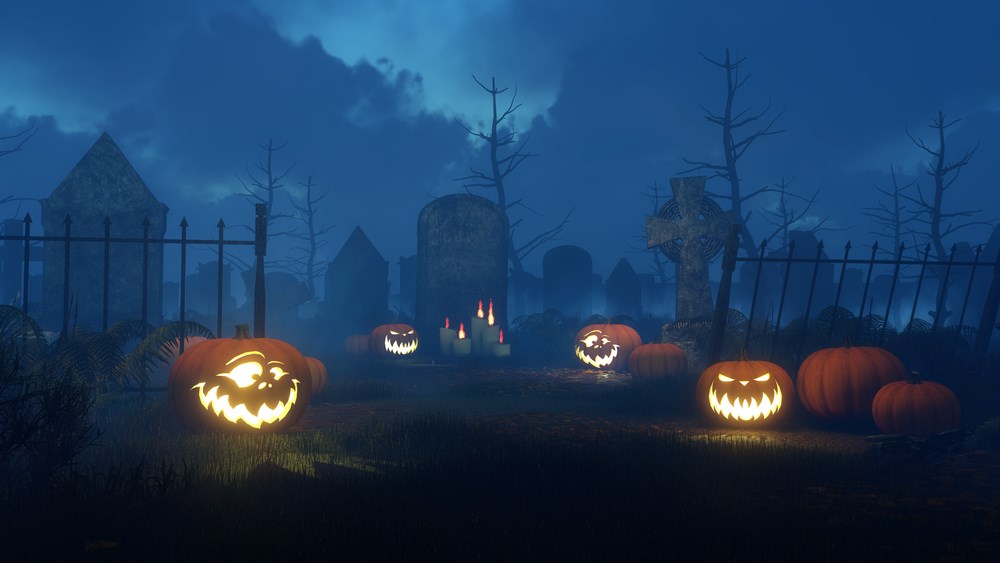
During the night of October 31, gatherings were held in the forests and hills for the ceremony of the ignition of the Sacred Fire and animal sacrifices were made. Dressed in grotesque masks, the Celts returned to the village, lighting themselves with lanterns made up of carved onions inside which the embers of the Sacred Fire were placed. After these rites the Celts celebrated for 3 days, disguised with the skins of the dead animals to scare the spirits.
On this occasion the spirits of the fairies, feared and respected, entered the world of men who offered them food, drinks and often a part of the harvest, to bring good fortune to the family during the “dark season” – winter.
Throughout Ireland – and in much of England – there were celebrations and preparations for games, rites and competitions, but the most eagerly awaited moment was that of Divination: the reading of the future and dreams.
The houses were lit with candles and torches and fireworks were made which, it is said, helped the souls of the dead to find their way home, but above all to ward off the devil and the evil spirits.
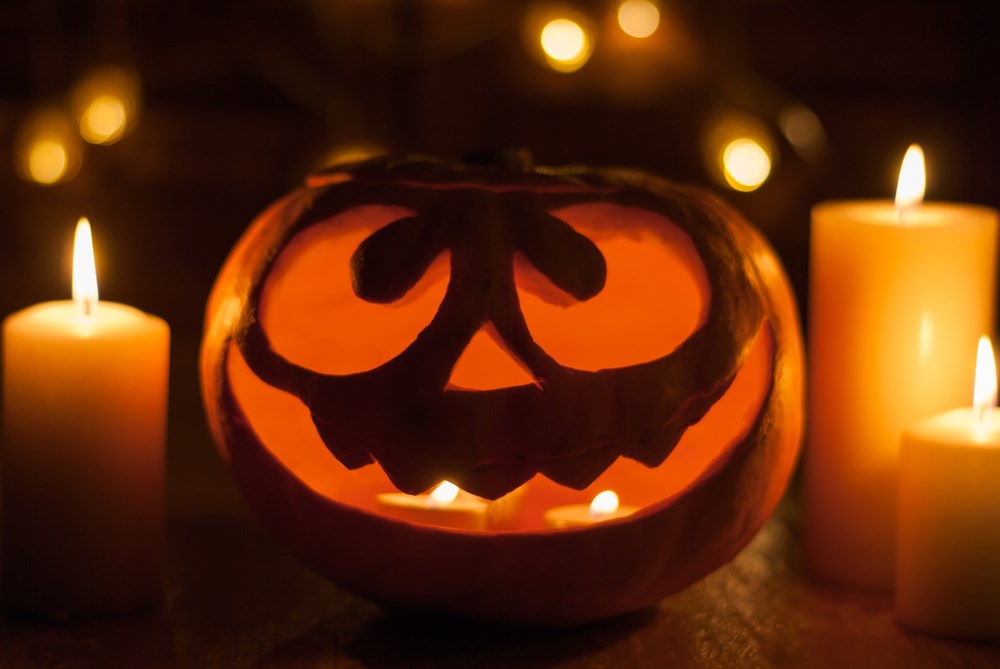
Jack’o Lantern legend
The quintessential symbol of Halloween has become the gourd carved and lit by a candle and, if its initial function was to keep evil spirits away, there is an associated legend. According to the Irish, in fact, it represents a soul that has been denied entry into both hell and heaven.
Legend has it that one night, returning home drunk, Jack (hence the name) met the devil and convinced him, with deception, to climb a tree. Jack’s idea was to trap the devil and so he carved a cross into the bark of the tree. To let him go, Jack asked the devil never to claim his soul.
He accepts, and Jack devotes his whole life to vices, drinking, celebrating, and sinning. At the time of death, given the amount of sins committed, the guardians of heaven prevent him from entering and the Devil keeps his promise, leaving Jack out of Hell. Not only that, he throws a handful of burning charcoal, which Jack shoves into an empty pumpkin, creating a torch to light up the night.
Since then, Jack’s soul has been wandering around with his flashlight, looking for a place to rest.
Take a look at our collection to know all symbols and myths of Celtic Culture
